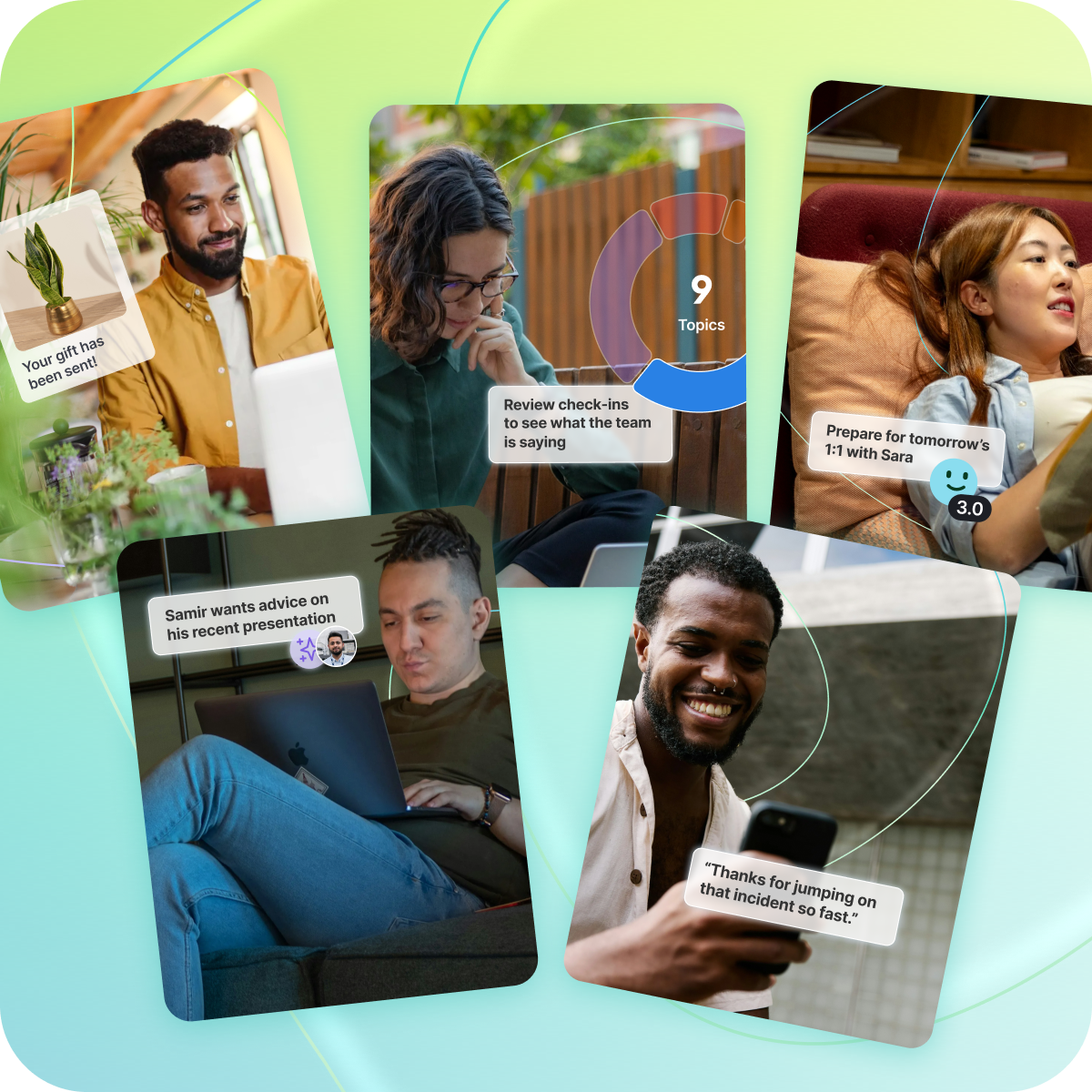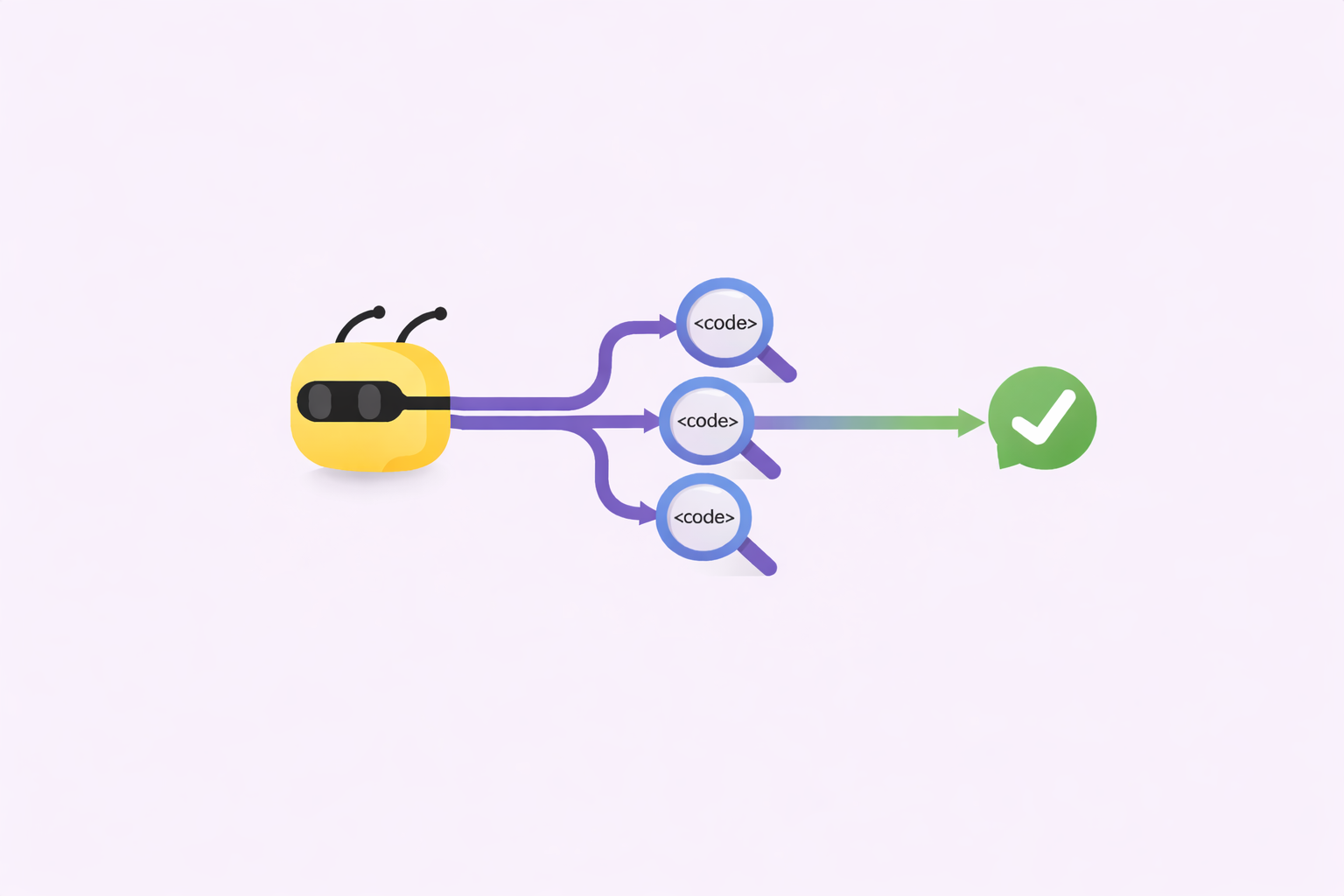How to Increase Employee NPS

How do your employees really feel about their experience at your company? Are they huge fans, just muddling through, or pretty disenchanted? You’ll never really know unless you ask them directly. And that’s what the Employee Net Promoter Score (eNPS, for short) is all about.
eNPS is a super helpful metric on overall employee engagement—but in order to drive it up, you need to know exactly what’s going on in your company.
And to increase your eNPS, you need to identify the driving factors of employee happiness and address any major barriers.
“In my experience, employees want to be heard, included, and communicated with openly,” says Nneka Craigwell, HR Business Partner at Namely. “When leaders do any combination of the three, it makes a ton of difference.”
But knowing what eNPS means is one thing: it’s a whole lot more complicated to know how to understand what it means and how to improve it. These seven essential tips will help you do just that.

Boosting employee morale
1. Celebrate employee milestones
Let’s start with what works best to improve your eNPS score—improving the employee experience at your workplace. A great place to begin is by celebrating more employee milestones: not just work anniversaries, but also birthdays, life achievements, company accomplishments, and more (the new Bonusly Celebrations widget is a life-saver here!).
These celebrations boost morale in a few ways. They help employees feel seen and valued, as people as well as workers. They ensure everyone on your team comes together regularly to mark something positive. And they enable everyone on your team to get to know each other as whole human beings, not just job titles.

2. Create a culture of consistent recognition
Recognition is the key to a better workplace culture, higher employee engagement, and stronger employee outputs. But simply handing out a few awards to your direct reports isn’t enough to craft a true company-wide culture of recognition: you need to enable recognition to flow in all directions, between peers and teams, upwards and downwards, across all levels.
Knowing that their work is noticed and appreciated is one of the most powerful things you can do to improve the employee experience, and by extension, your eNPS scores. Check out our comprehensive Recognition Guide to learn how to build this kind of culture in your own company.

3. Reward employees with what they truly want
Too many companies rely on outdated or less-than-thoughtful rewards as a part of their recognition and appreciation strategy. (Let’s not get into the company I used to work for that gave employees frog-shaped lamps 🐸 as a work anniversary gift.) Be sure you’re offering flexible, customizable reward options that work for every employee to ensure your rewards have the desired impact.

Using eNPS data to improve your employee experience
And once you’ve collected your eNPS data, you’ve got even more information about how to address employee pain points that are dragging down your score. Put those insights to work to continue to improve the employee experience and boost employee morale.
4. Collect qualitative feedback
Time spent speculating about what your people want is time wasted. More often than not, employees are happy to tell you exactly what they need for a better work experience. Include open-ended questions on your employee engagement surveys to explain ratings and give feedback. The more information you collect, the easier it will be to find out what you need to do to boost morale.

5. Continue the conversation
To holistically improve the quality of life at your company, it takes more than just a single annual survey. Once you understand some of the factors driving your eNPS (both positive and negative), it’s time to start talking to your people.
Consider assembling a cross-departmental task force to voice the sentiment of their respective teams. Or you might schedule stay interviews with employees from across the organization. You’ll want to hear a variety of voices to help you prioritize your future employee experience initiatives.

6. Don’t neglect data
By definition, eNPS reveals a lot about why employees are choosing to join or leave a company–and whether or not they would encourage others to apply. Through onboarding and exit interviews, you should be collecting data on what attracts employees to your company and what impacts their decision to leave. This info can help you identify any disconnect between employee expectations and their actual experience, and pinpoint exactly what needs to be done to bridge that gap.

7. Follow up
Asking for feedback and then failing to take action will damage employee trust. Your company’s eNPS is a direct result of the perceived response to feedback. HR may do a lot of work behind the scenes, but without ongoing communication, employees may not even realize they have been heard. Communicate any initiatives launched as a result of employee feedback and ask for further feedback to make sure the problem was actually addressed and solved.

Takeaways
As you continue to collect critical HR data like eNPS, be careful not to get so caught up in the numbers that you lose sight of the real people you’re serving. Communication and active listening are key to increasing employee morale, engagement, and as a result, your eNPS score. Plus, you’ll create a wonderful place to work for employees at all levels.
Celebrate your teams and drive employee motivation
One of the most effective ways to increase employee NPS is to start by recognizing and rewarding them—the right way. Take a look at Bonusly Appreciate today and see how our solution automates recognition, rewards, employee milestones, and more. Plus, our robust integrations guarantee that Bonusly will communicate with your existing HRIS and/or payroll system, making it that much easier to get started.








